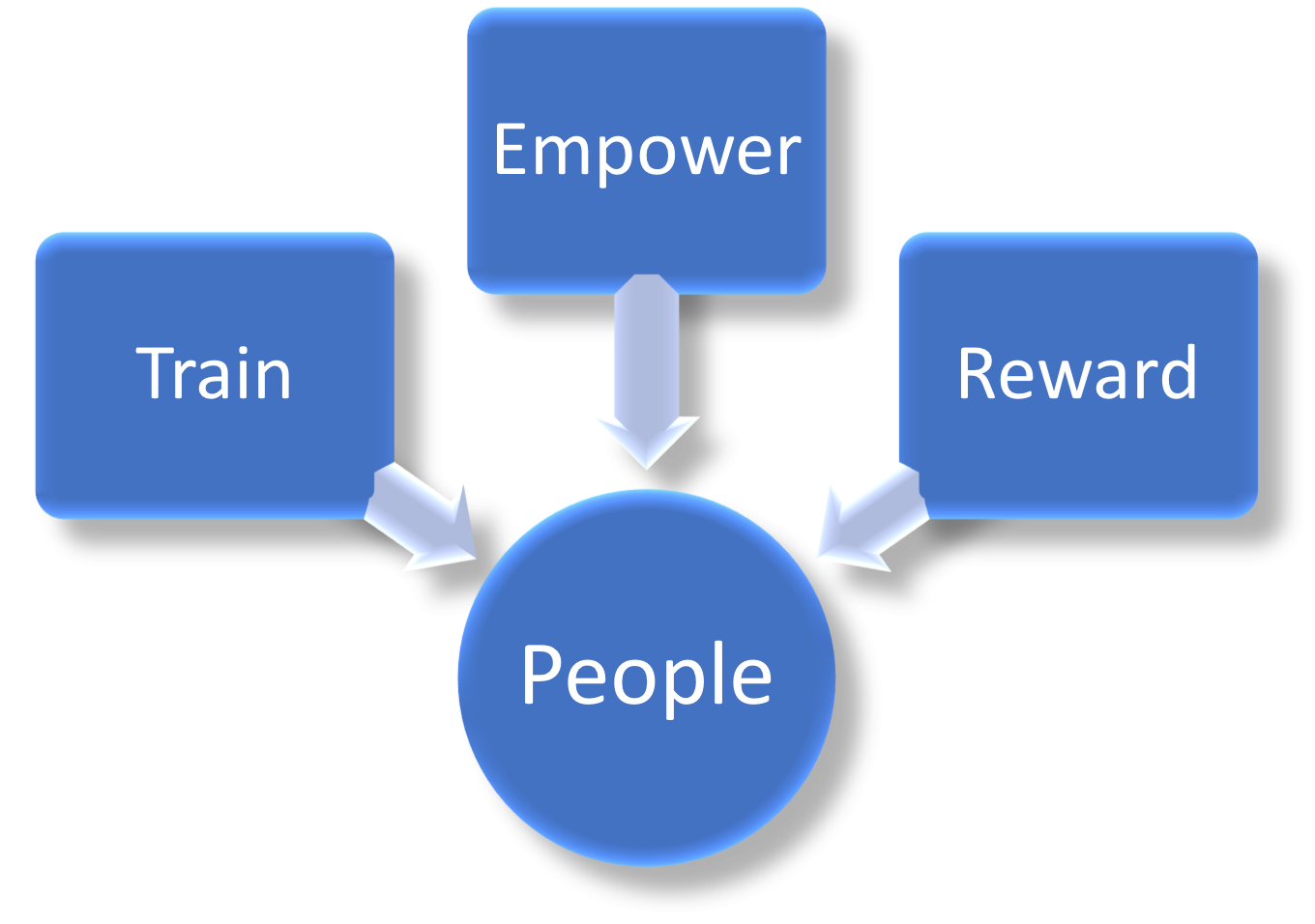
My name is Sarah Stawiski, and I am a Senior Researcher and Program Evaluator at the Center for Creative Leadership (CCL). At CCL, we provide leadership solutions to individuals, organizations and communities through programs, coaching, and other services. We make a promise to our clients – we will help them achieve results. The results that matter to our clients may range from becoming a more effective communicator, building stronger leadership networks in communities, or transforming an organizational culture. When evaluating these programs, results certainly matter, but to know best how to achieve these results, we have to remember that context also matters.
When we work with individual leaders, after they complete a program or coaching engagement, what they do next is critical. Will they only remember the friends they made and the fun they had in the program, or will they actually go back and apply what they’ve learned to make meaningful changes in their leadership practices? There are many factors related to individual differences and program design that will determine how much of the learning experience “sticks.” However, the work environment they return to is very important and should not be left out of the equation. There is extensive literature on the importance of context when it comes to learning transfer in general. A review suggests there are multiple dimensions of work context related that have been empirically connected to the extent learners can apply what they learn and actually make lasting changes in their behavior (e.g., psychological safety, development climate, learning transfer climate, etc.). At CCL, one aspect of context that can influence the extent that a program “works” and leaders actually make positive changes to their behavior is supervisor support for development.
Rad Resource: My colleagues Steve Young, Heather Champion, Michael Raper and Phillip Braddy recently published a white paper called Adding More Fuel to the Fire: How Bosses Can Make or Break Leadership Development Programs (https://www.ccl.org/wp-content/uploads/2017/03/how-bosses-can-make-or-break-leadership-development.pdf) that shows that in some of our leadership programs, the more participants feel their development as a leader is supported by their supervisors back at work, the more they were able to apply what they learned and develop as a leader.
More recently, we have focused on other aspects of context that we know and/or suspect to be important to promoting the “stickiness” of learning such as the extent individuals support and challenge one another and the extent senior leaders are perceived as making leadership development a priority. Collecting this additional data allows us to have a more holistic conversation about what our clients can do to get the most benefit from their investment in leadership development.
Lesson Learned: Collecting data about context opens the doors to better conversations with clients about how to strengthen the effectiveness of leadership programs.
The American Evaluation Association is celebrating Business, Leadership and Performance (BLP) TIG week. All posts this week are contributed by members of the BLP Topical Interest Group. Do you have questions, concerns, kudos, or content to extend this aea365 contribution? Please add them in the comments section for this post on the aea365 webpage so that we may enrich our community of practice. Would you like to submit an aea365 Tip? Please send a note of interest to aea365@eval.org. aea365 is sponsored by the American Evaluation Association and provides a Tip-a-Day by and for evaluators.


